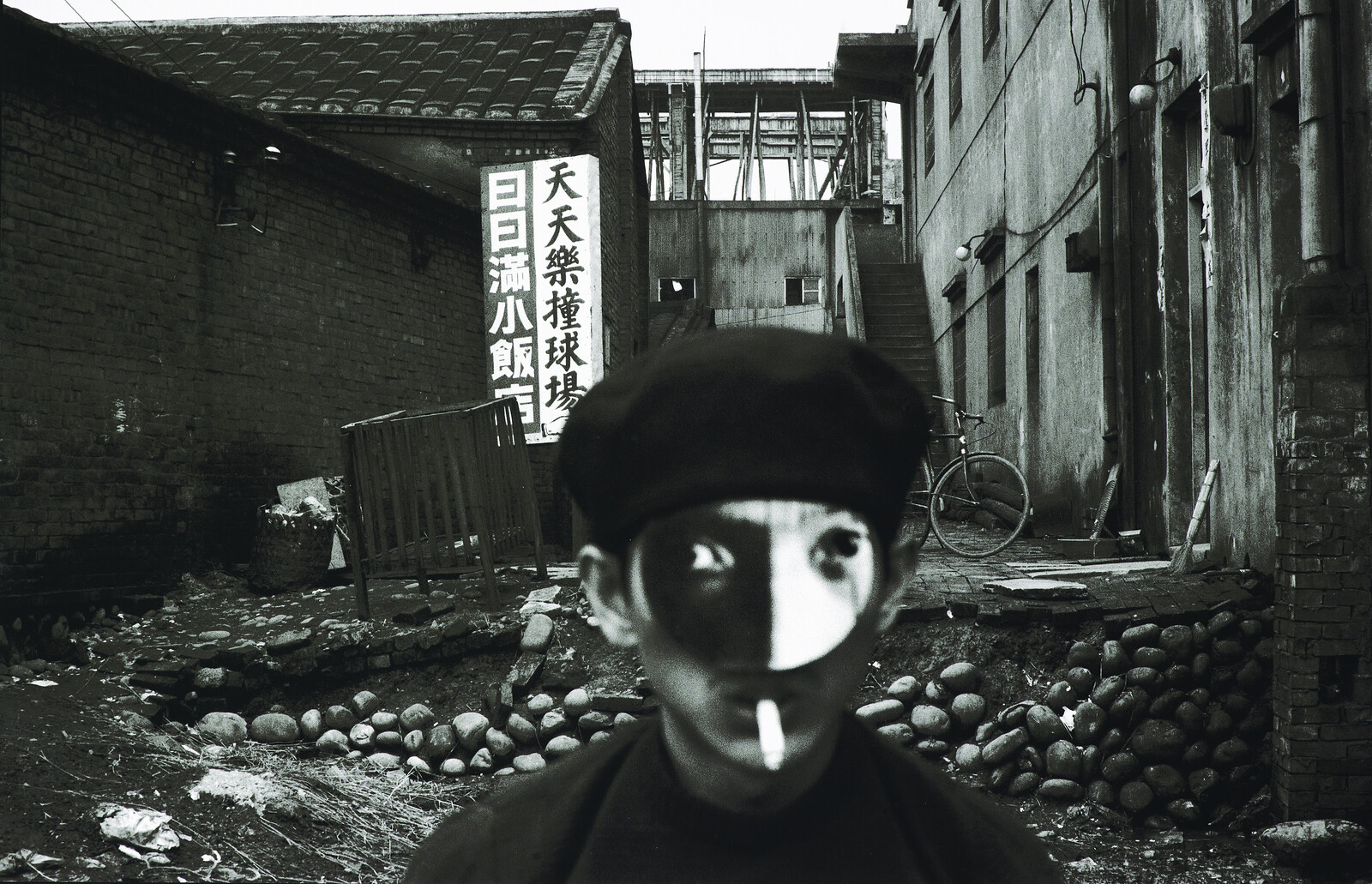July 30–October 28, 2021
Online, RSVP below
Building 188, Fellows Lane
Canberra ACT 2601
Australia
Wayfaring explores the journeys of self and society at the end of martial law.
Olivier Krischer and Shuxia Chen:
As Taiwan society was coming to terms with a new political reality in the late 1970s and 1980s, its artists and intellectuals addressed locality, history, and shifting cultural and personal identities. Despite remaining pressures on civil society in these years at the end of four decades of martial law, creative energies proliferated. Photography was a key visual medium that intersected diverse creative practices and social spheres, producing distinct bodies of work, from experimental art to social documentary, and beyond.
Wayfaring refers to the term “zhaolu,” used by seminal photographer and curator Chang Chao-Tang to discuss his work in those decades. Literally meaning to search (zhao) for a path or road (lu), here it intends to lyrically evoke both the actual journeys that artists undertook to photograph an increasingly diverse idea of place and people, as well as their introspective searching for new ways forward, through photographic exploration. Importantly, these pathways often intersected and mingled, crossing genres: documentary images made powerfully subjective statements, while furtive, surreal photographic visions captured shared yet unspoken realities.
The diversity of approaches in Wayfaring intentionally suggests a spectrum of individual experiences and practices. While some of these photographers were friends and collaborators, and even exhibited together, these works cannot readily be gathered into a specific “movement” or school, nor simply be defined as a response to formal political change.
Featuring 35 works by 12 artists, principally drawn from the collection of the National Taiwan Museum of Fine Arts, Taichung, Wayfaring is bookended by works that suggest the centrality of the individual body. In Chang Chao-Tang’s iconic “Within, Without” series of the late 1960s, headless torsos and masked faces make a theatre of angst, anger and boredom; while in Kao Chung-Li’s “Body and Soul” series, made two decades later, naked bodies are intimate yet unfamiliar, echoes perhaps of colonial, economic and sexual violence.
The different documentary approaches of Juan I-Jong and Wang Hsin can be read against the richness and complexity of the nativist movement expanding from the 1970s. This opens a tension between contending modes of portraiture, from a kind of self-ethnography to the urbane portraits of artists and intellectuals, as captured by Chuang Ling and Hsieh Chun-Te. If Chuang and Hsieh map (and thus define) an imminent cultural landscape, the portraits of marginalised, usually nameless figures, by Chien Yun-Ping and Ho Ching-Tai, subversively leverage the power of the photographic medium to claim a more inclusive vision of post-martial law society, subtly questioning the canonical History of political and cultural elites.
In the 1980s, the burgeoning demand for rights frequently took to the streets. Photojournalist Hsieh San-Tai sought to capture not only the decisive moment of action, but also the mundane spaces on which such action was grounded—such as children playing ball in city streets emptied by police barricades. In his series “Towards the End of Martial Law,” Yeh Ching-Fang (who also covered bloody protests), weaves together idiosyncratic fragments gleaned from the flux of the 1980s. Such searching for authentic selves finds its echo in the increased public interest in popular psychology, for example, both in Lien Hui-Ling’s rarely exhibited portraits of animals, as well as Hou Tsung-Hui’s unsettling “Longfatang” series—based on the photographer’s own treatment for depression in the unorthodox asylum of that name, in southern Taiwan.
Emerging from these works is an irrepressible, even disorienting, plurality that was not yet reconciled with the ostensibly hybrid, postmodern global identity of later decades. These are images still working themselves out; images that register contending claims not only on local and cultural identity, but also gender, sexuality, indigeneity, and social class. They are of the moment and yet transcend it, reaching across and through the political threshold of martial law, interrogating the nature of the medium itself in Taiwan in these decades.







